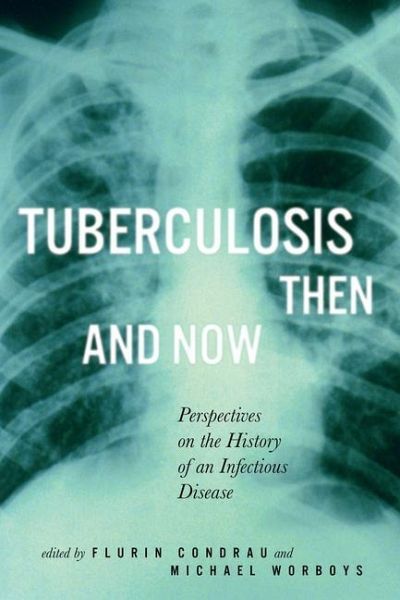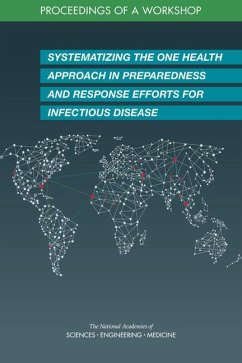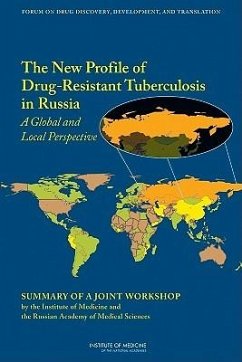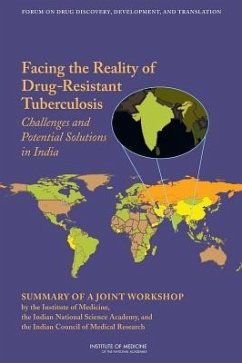
Tuberculosis Then and Now: Perspectives on the History of an Infectious Disease Volume 36
Versandkostenfrei!
Versandfertig in über 4 Wochen

PAYBACK Punkte
16 °P sammeln!




The changing medical, social, and cultural understandings of the deadly disease of tuberculosis and how it shaped the history of medicine
Flurin Condrau, professor of history of medicine at the University of Manchester, is an expert in the comparative history of infectious diseases, tuberculosis, and urban sanitary movements and is currently working on the history of patients as well as on
Produktdetails
- McGill-Queen's/Ams Healthcare
- Verlag: McGill-Queen's University Press
- Seitenzahl: 243
- Erscheinungstermin: Januar 2010
- Englisch
- Abmessung: 234mm x 154mm x 20mm
- Gewicht: 406g
- ISBN-13: 9780773536012
- ISBN-10: 0773536019
- Artikelnr.: 26526596
Herstellerkennzeichnung
Libri GmbH
Europaallee 1
36244 Bad Hersfeld
gpsr@libri.de
Für dieses Produkt wurde noch keine Bewertung abgegeben. Wir würden uns sehr freuen, wenn du die erste Bewertung schreibst!
Eine Bewertung schreiben
Eine Bewertung schreiben
Andere Kunden interessierten sich für











